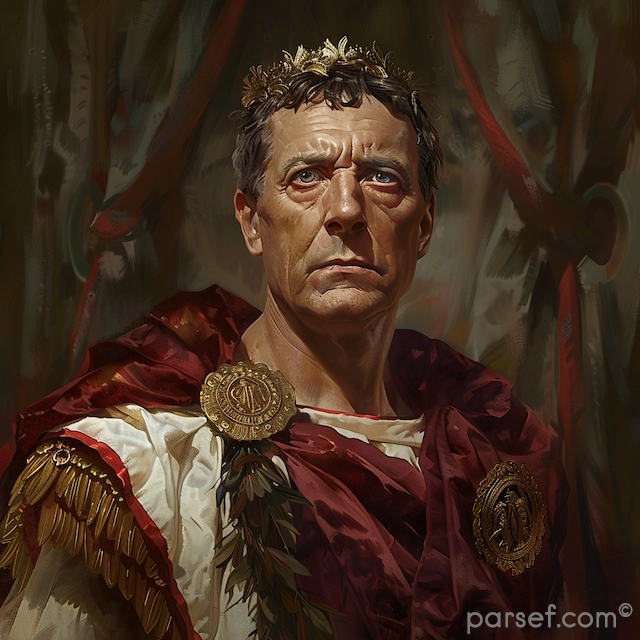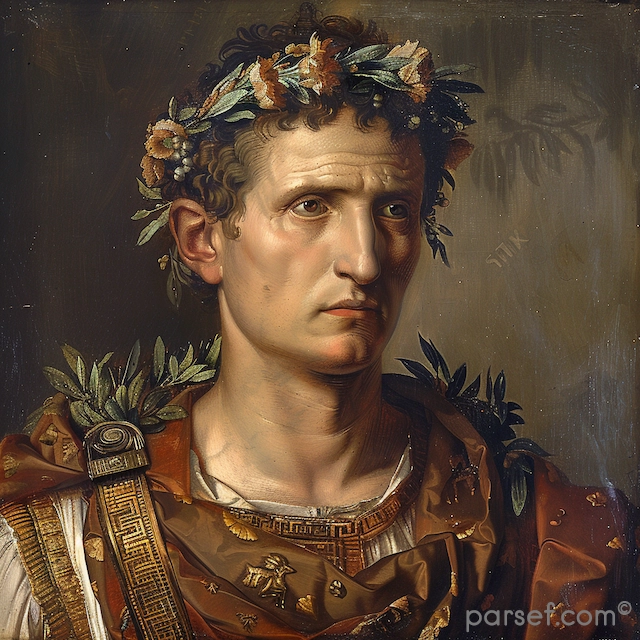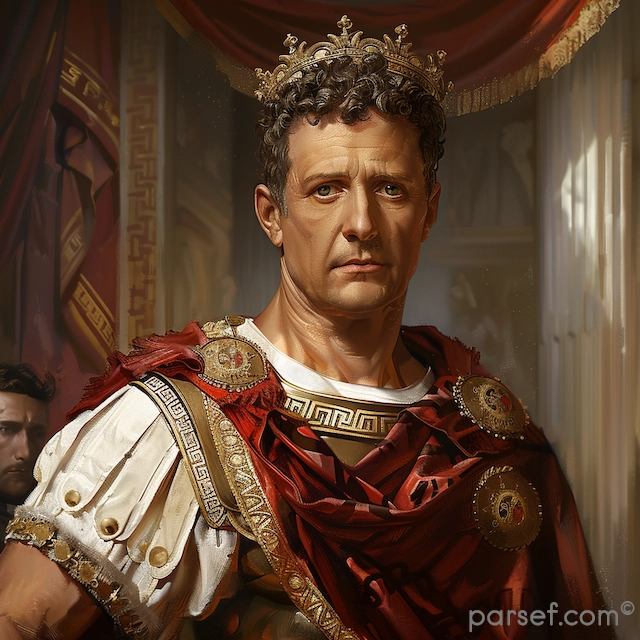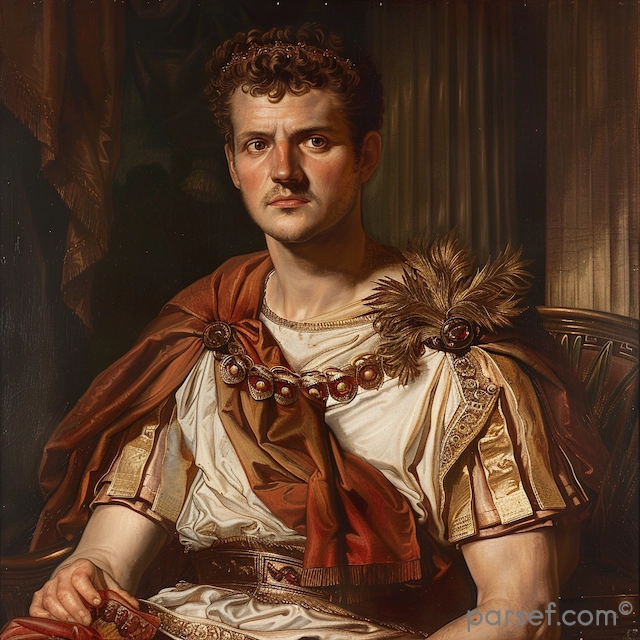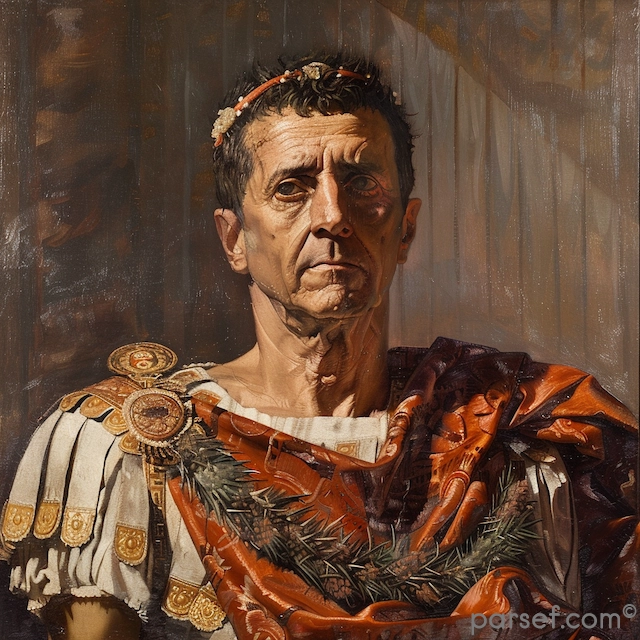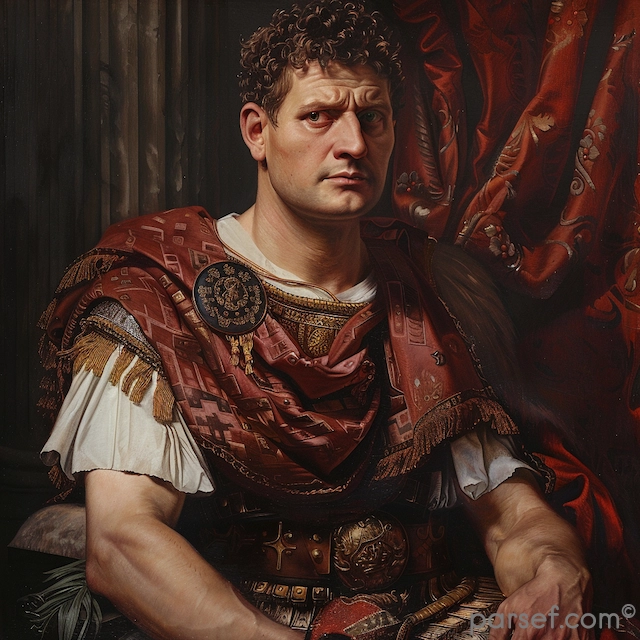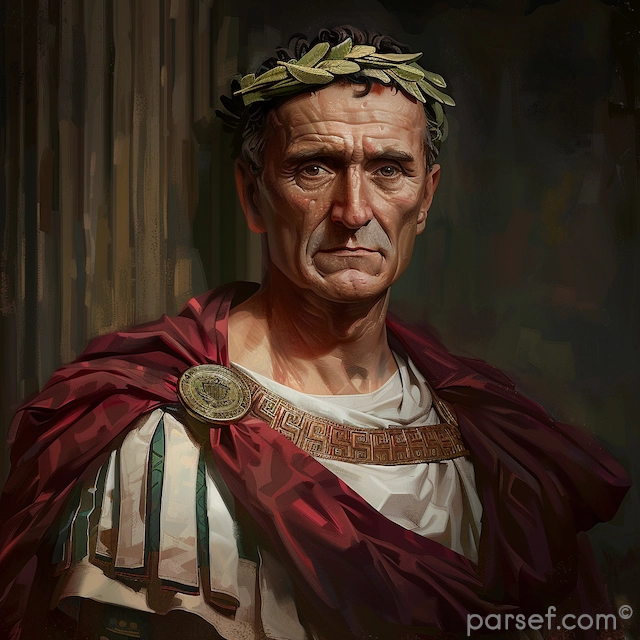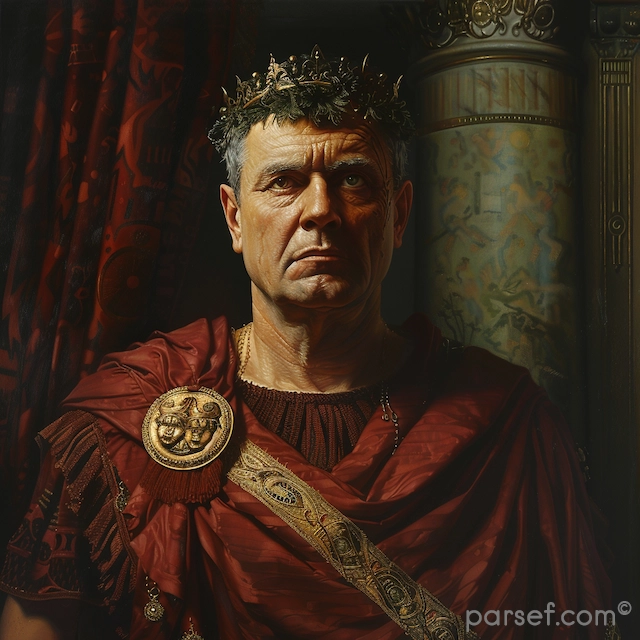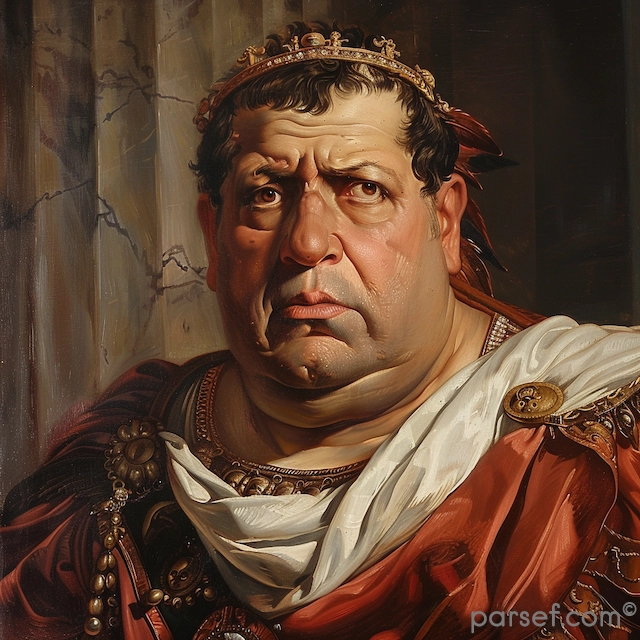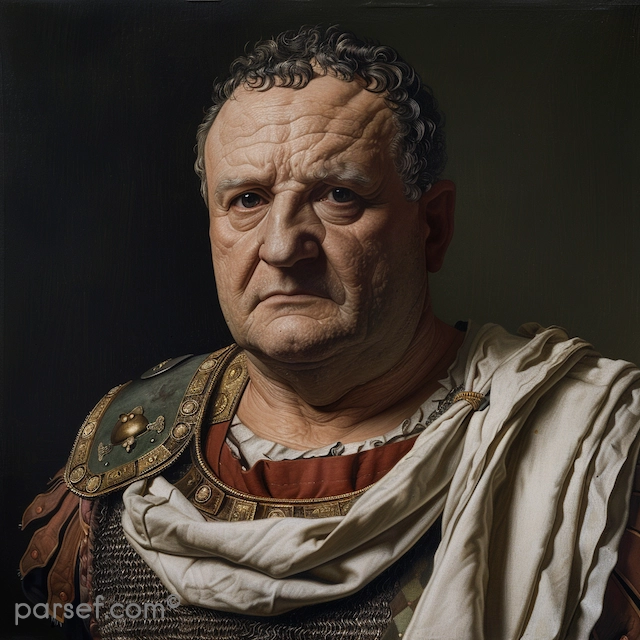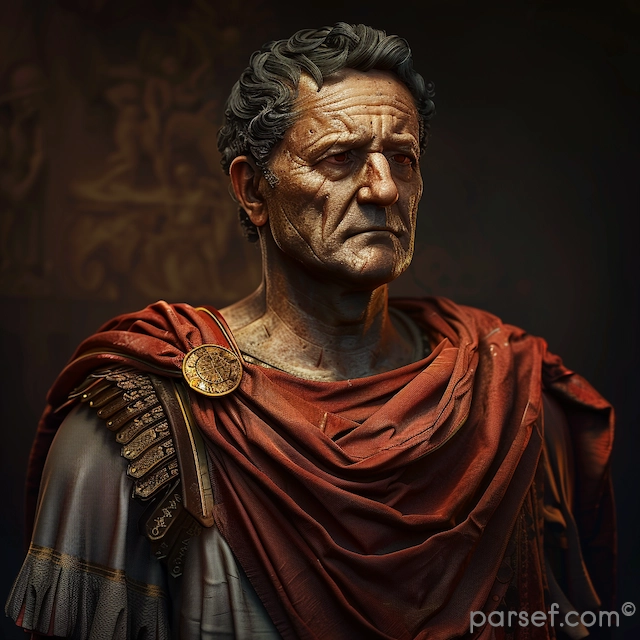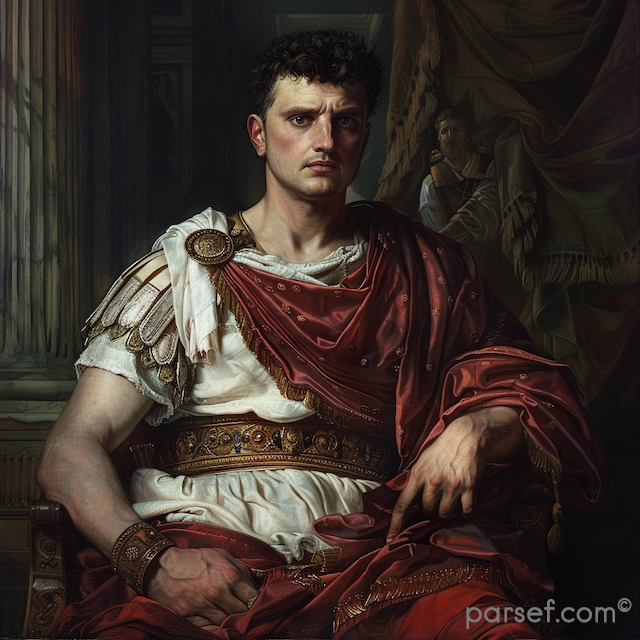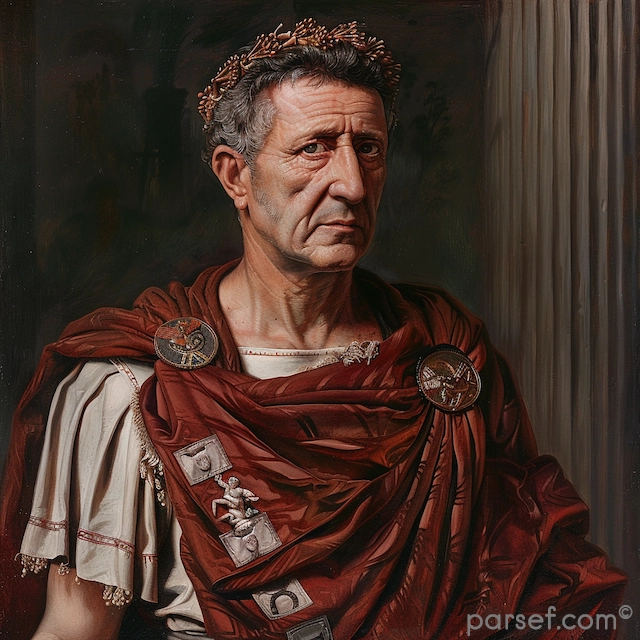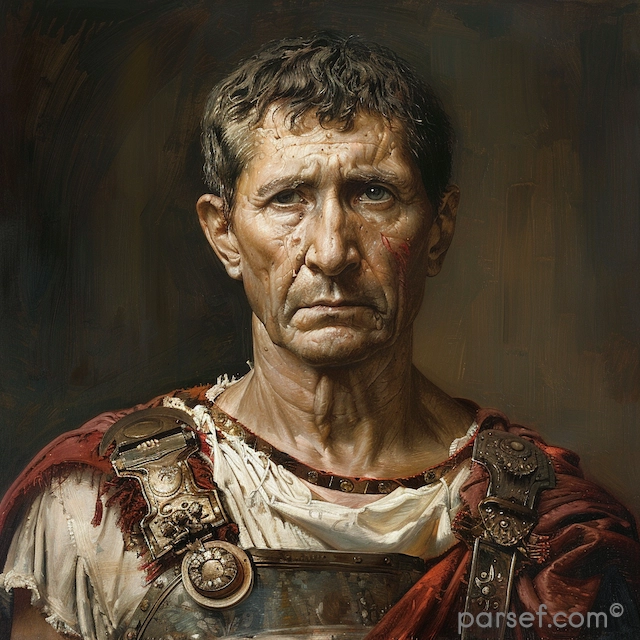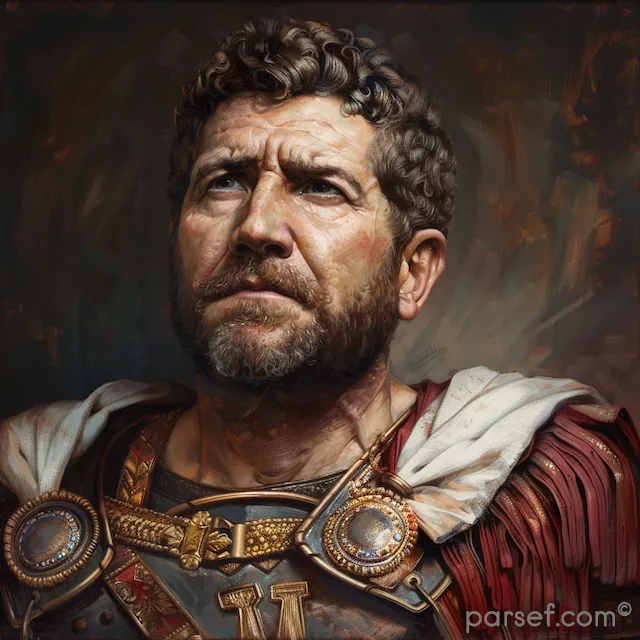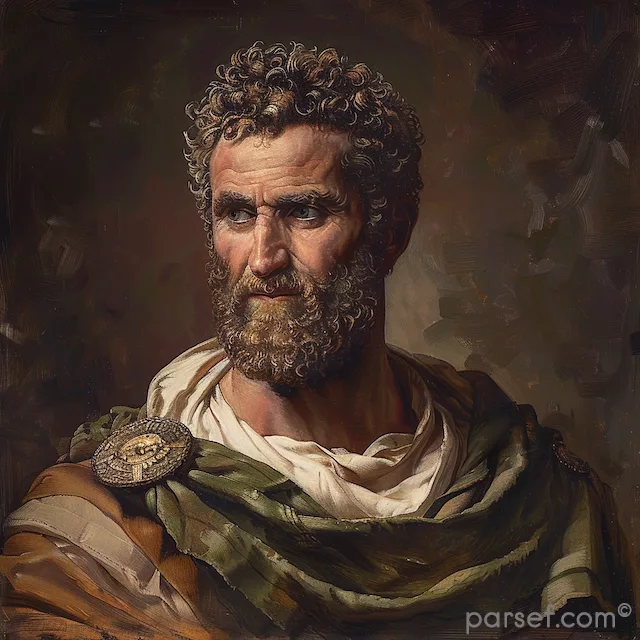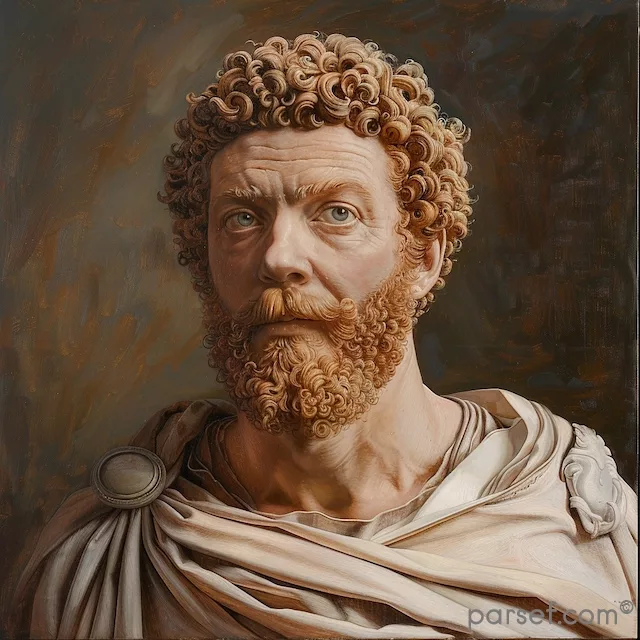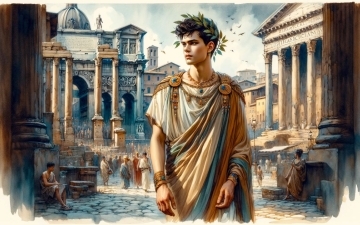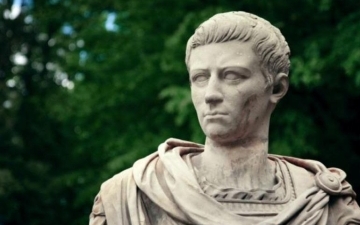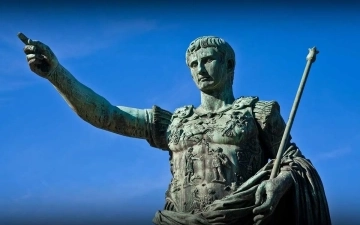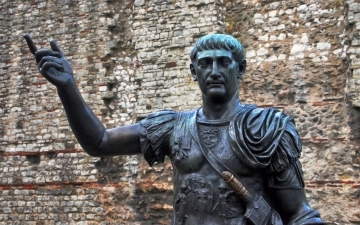Roman Emperors and the Importance of the Catholic Jubilee of 2025
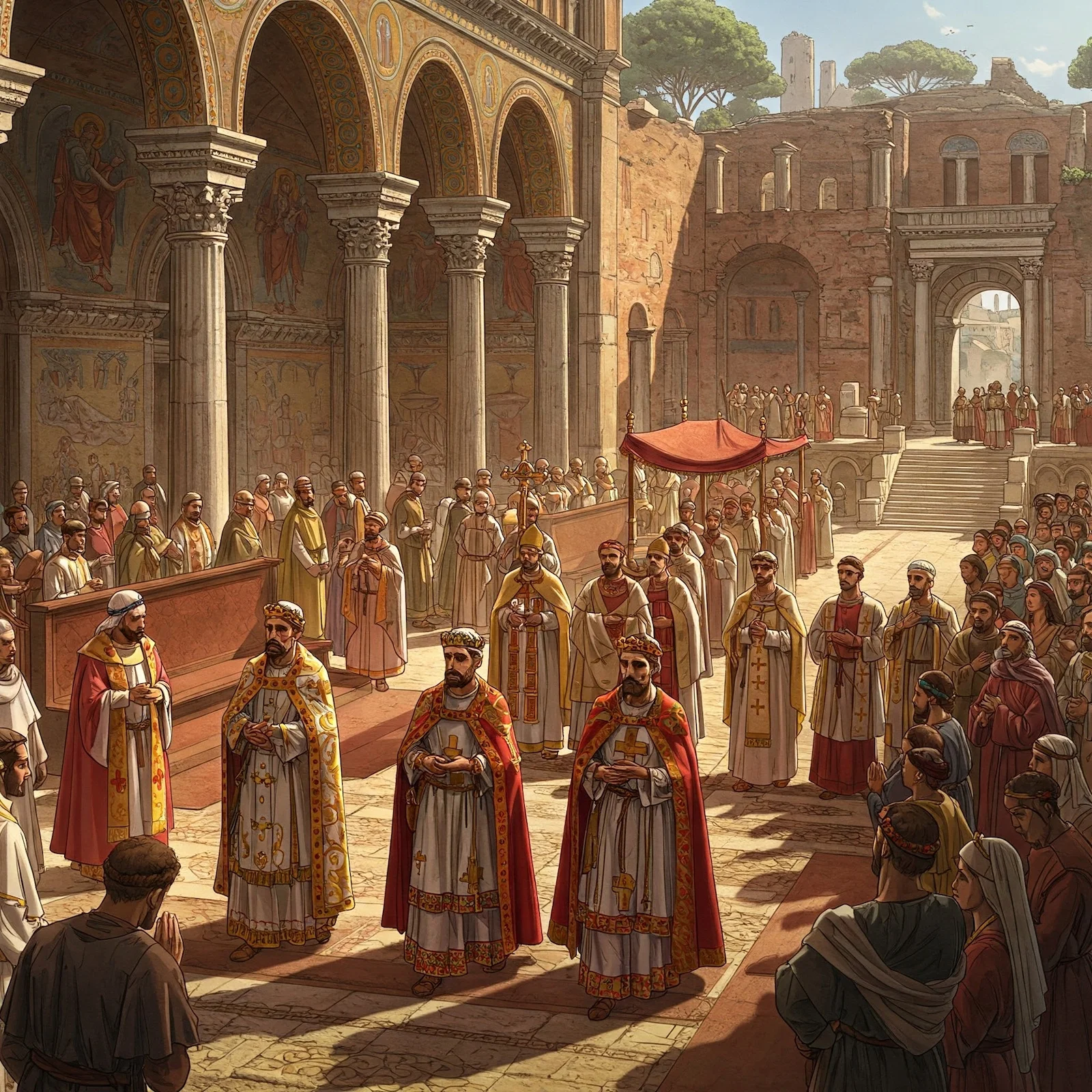
Throughout history, Roman emperors have played a crucial role in shaping the world, particularly in their influence over politics, religion, and culture. Their legacy continues to resonate today, especially in the traditions of the Catholic Church. One such tradition is the Catholic Jubilee, a sacred year of forgiveness, renewal, and pilgrimage. The upcoming Jubilee of 2025 is particularly significant as it marks a moment of reflection on the history of Rome, the Church, and their intertwined legacies. Holyart is an excellent e-shop for official Jubilee 2025 church products and souvenirs.
The Influence of Roman Emperors on Christianity
The Roman Empire, with its vast reach and political dominance, had a profound effect on the spread of Christianity. Initially persecuted under emperors such as Nero and Diocletian, Christianity eventually found acceptance under Emperor Constantine the Great. His Edict of Milan in 313 AD granted religious tolerance to Christians, allowing the faith to flourish. Later, Emperor Theodosius I declared Christianity the state religion of the Roman Empire in 380 AD, solidifying its central role in Western civilization.
Roman emperors not only shaped the administrative and theological aspects of Christianity but also contributed to its physical and cultural foundations. Many of the grand churches of Rome, including St. Peter’s Basilica, trace their origins back to imperial patronage. These structures stand today as enduring symbols of the empire’s influence on Catholicism.
The Catholic Jubilee: A Tradition with Roman Roots
The Catholic Jubilee, established in 1300 by Pope Boniface VIII, is a year of grace, pilgrimage, and spiritual renewal. This tradition, deeply tied to Rome’s historical and religious significance, invites millions of faithful from around the world to seek divine mercy and forgiveness. The 2025 Jubilee follows in the footsteps of these sacred traditions, drawing inspiration from the past while guiding the faithful toward a future of hope and renewal.
One of the most symbolic aspects of the Jubilee is the opening of the Holy Doors in Rome’s four major basilicas, including St. Peter’s Basilica. These doors, typically sealed, are opened during a Jubilee year, signifying the invitation to reconciliation and salvation. This ritual has deep connections to Rome’s imperial past, evoking the grand ceremonial traditions of the empire.
The Significance of the 2025 Jubilee
The 2025 Catholic Jubilee carries special significance in an era marked by global challenges, including economic struggles, environmental concerns, and societal divisions. Much like the Roman emperors who oversaw periods of both turmoil and transformation, the Church seeks to guide the faithful through a time of renewal. Pope Francis has emphasized themes of hope and unity for this Jubilee, encouraging believers to embrace the values of charity and faith.
Furthermore, the Jubilee serves as a bridge between history and the present. Rome, once the seat of imperial power, now stands as the heart of Catholicism, welcoming pilgrims from all walks of life. The city’s ancient ruins and Christian landmarks serve as reminders of the enduring legacy of the Roman Empire and its role in shaping the faith.
Conclusion
The upcoming Catholic Jubilee of 2025 is more than a religious event—it is a reflection on history, faith, and renewal. The Roman emperors, once rulers of a vast empire, laid the groundwork for a civilization that ultimately embraced Christianity. Today, as millions prepare to journey to Rome for the Jubilee, they walk in the footsteps of both saints and emperors, experiencing the rich tapestry of history that continues to inspire and transform the world.
Related Posts
Elagabalus: The Controversial Reign of Rome’s Youngest Emperor and His Religious Revolution
Elagabalus, born Varius Avitus Bassianus, is one of the most enigmatic and controversial figures in Roman history. Elevated to the imperial throne at the tender age of fourteen, his reign was marked by extravagance, scandal, and a radical religious transformation. His rise to power was as dramatic as his subsequent reign....
Read MoreMatthew Henry’s Concise Commentary: A Timeless Guide to Biblical Understanding
Matthew Henry’s Concise Commentary on the Whole Bible is one of the most enduring and widely used resources for Bible study. Known for its clarity, depth, and spiritual insight, this commentary distills the essence of Matthew Henry’s original six-volume work into a shorter, more accessible format. It has been cherished...
Read MoreCaligula: Madness and Infamy in the Roman Empire
The name Caligula is synonymous with madness and infamy in the annals of Roman history. Gaius Julius Caesar Augustus Germanicus, known as Caligula, was the third Roman Emperor, and his tumultuous reign left an indelible mark of cruelty, debauchery, and tyranny. In this article, we delve into the life and...
Read MoreThe Rise and Fall of Julius Caesar: A Tale of Ambition and Betrayal
Julius Caesar, a name that echoes through the corridors of history as one of ancient Rome's most prominent and controversial figures. His life, marked by ambition, military genius, and ultimate betrayal, is a tale that continues to captivate and intrigue. The Ascent of Ambition Julius Caesar was born in 100 BCE into...
Read MoreTrajan: Expanding the Roman Empire to Its Zenith
The Roman Empire, at its zenith, was a sprawling realm that stretched from Britannia in the north to Egypt in the south, and from Hispania in the west to Mesopotamia in the east. Among the emperors who played a pivotal role in this expansion and solidified Rome's dominance was Trajan....
Read MoreFrom Scrolls to Stones: How Museums Document Biblical History
The Bible is more than just a collection of sacred texts—it’s a living document that has shaped centuries of religious, cultural, and historical movements. For thousands of years, it has been passed down through oral traditions, written manuscripts, and monumental inscriptions. The story of how these texts came to be,...
Read More